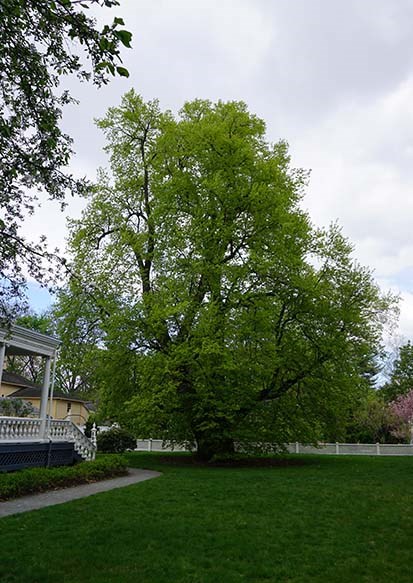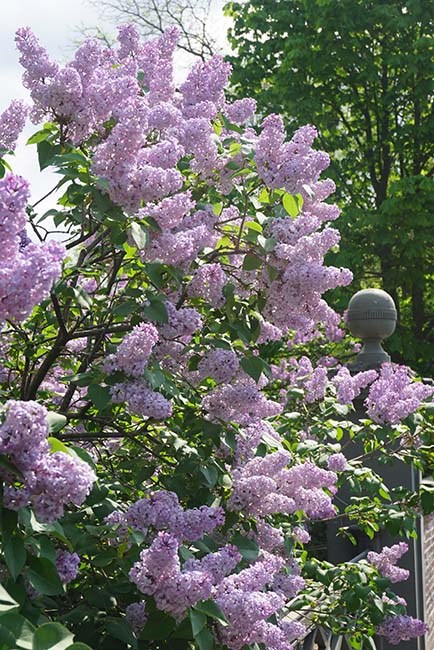
Flowers
The Longfellow garden that you see today is the result of over 250 years of land cultivation and rehabilitation. This land, with its close proximity to the Charles River, has been inhabited for over 4,500 years. When the home was built in 1759, the area was used as farmland. Over the years, it has seen orchards blossom and wither away, brooks disappear, and houses pop up around it. Henry Wadsworth Longfellow would not have known the garden as we see it today. Though it sits in the location of his garden, it has changed dramatically over time. Longfellow did walk its shady paths, though, searching for solace and inspiration like numerous visitors do today. At the beginning of the 20th century, Longfellow's oldest daughter, Alice, became the home's caretaker. From 1905-1925, she hired two female landscape architects, Martha Brookes Hutcheson and Ellen Biddle Shipman, to restore the garden in a way that would preserve what her father had known, as well as blend its design with the Colonial architecture of the house. During this time, the pattern of the modern garden was created. 
NPS Photo TreesHenry Longfellow paid great attention to the placement and care of trees on his nine-acre property. Trees shaded the walks behind the garden, now off the northern border of the site. In 1843, Fanny Longfellow imagined the new planting growing to become "a linden avenue in which my poet intends to pace in his old age & compose under its shade." Longfellow's account book documents his many attempts to establish an allée of elms in the front forecourt. He struggled with keeping the trees healthy, replanting trees from 1843 to at least 1850. The elms in the forecourt today are placed based on his records. Dominating the East Lawn is a linden tree, which was a mature tree with "flowing skirts" of limbs when the Longfellows acquired the house in 1843. It is estimated to have been planted around the turn of the nineteenth century. 
NPS Photo Lilacs
Abuntant lilac hedges surround the Vassall-Craigie-Longfellow house: they surround the forecourt, line the front fence and wall, continue up the driveway, and frame the laundry yard on the west side. In May 1861, Henry Longfellow noted their blooming in his journal, as he often did: "The purple buds of the lilacs tip the hedges; and the flowery tide of spring sweeps on." The fragrant scent of the blooming lilacs is still a marker of spring at the site today. |
Last updated: January 4, 2022
